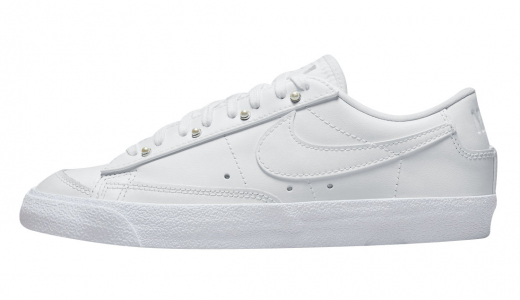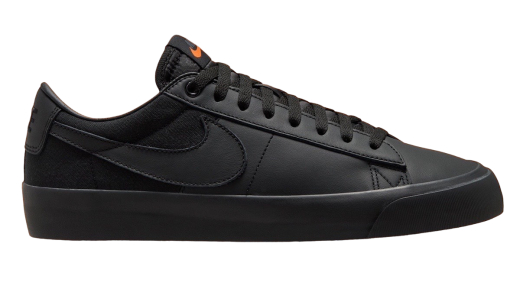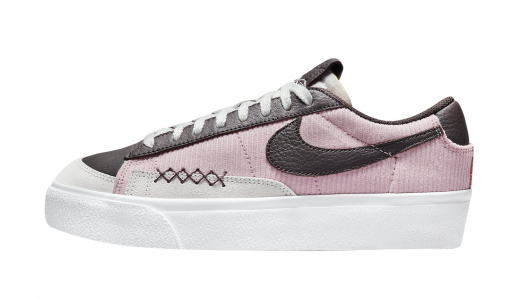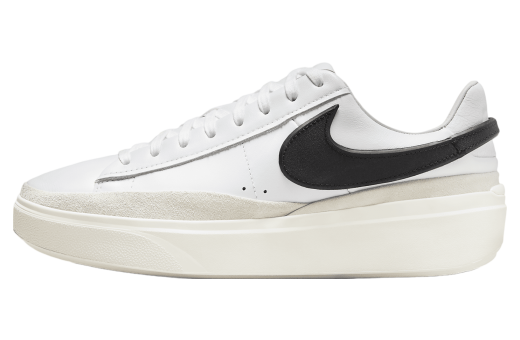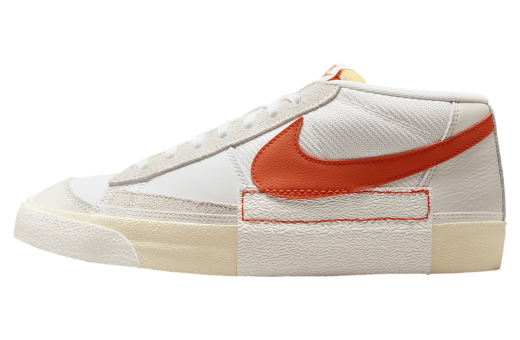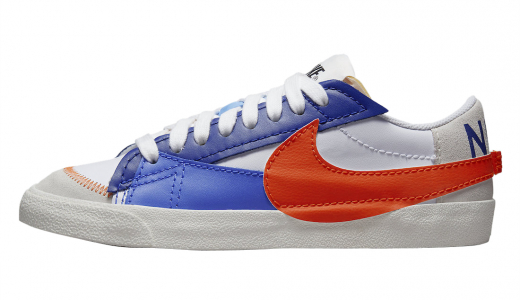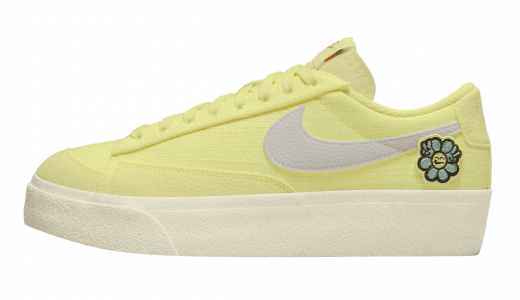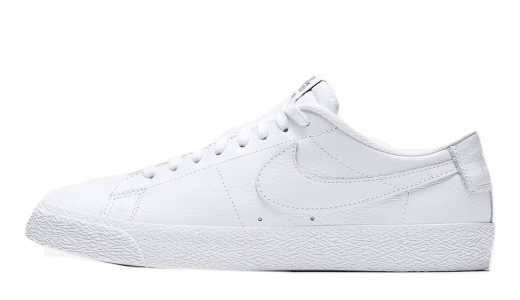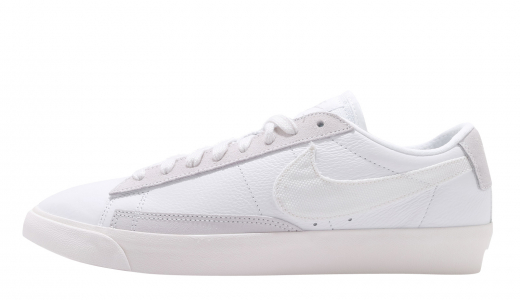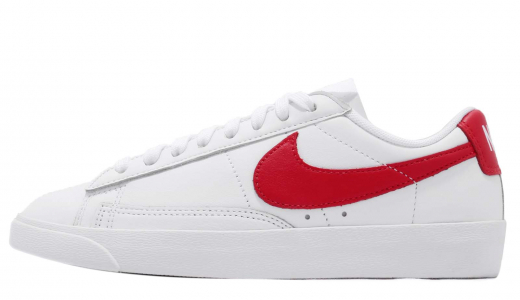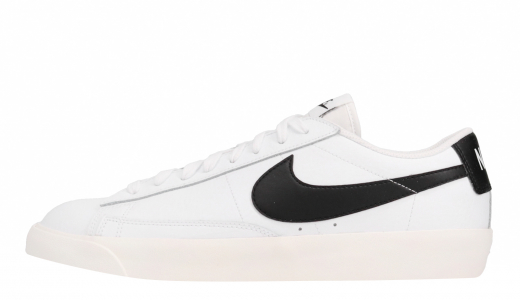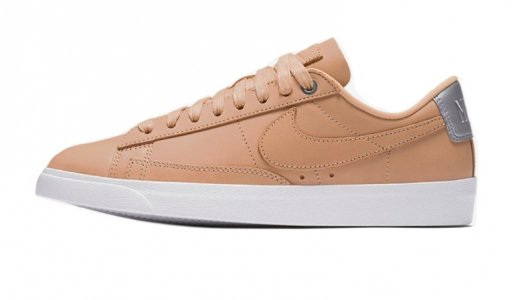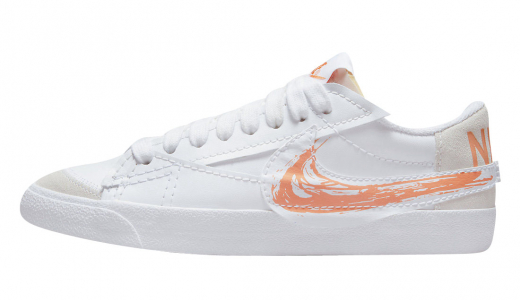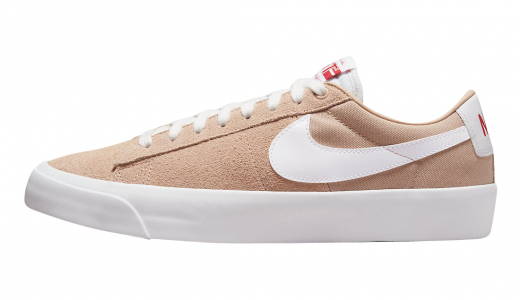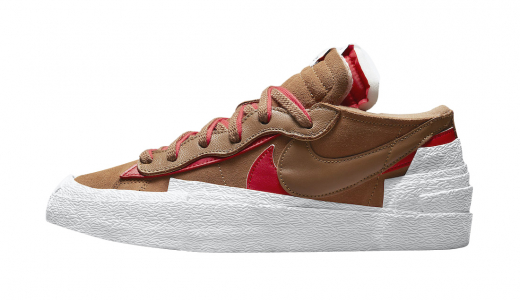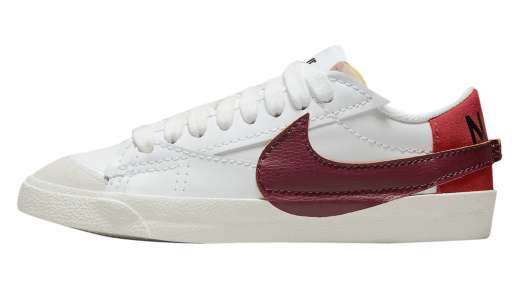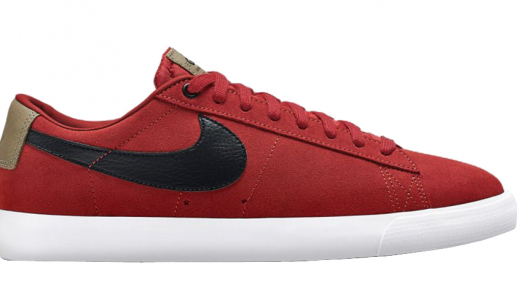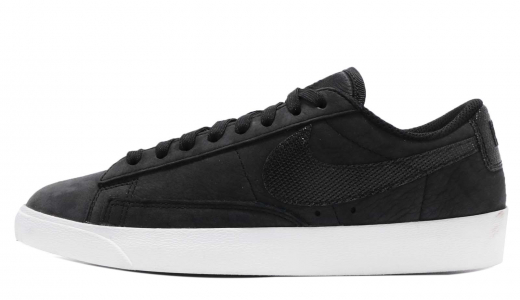Nike Blazer Low
The Nike Blazer Low has cemented its status as a timeless classic in the world of sneakers since its inception. Originally introduced in 1972 as a basketball shoe, this model has traversed various cultural landscapes, becoming a staple for sneaker enthusiasts, skaters, and fashion-savvy individuals alike. The silhouette features a low-top design that offers a sleek and minimalist aesthetic, allowing it to seamlessly complement a myriad of outfits. Its construction typically includes a leather or suede upper, providing durability and a premium feel, while the vulcanized rubber sole ensures excellent traction and stability. The padded collar and cushioned insole contribute to its comfort, making it suitable for everyday wear.
Over the years, the Nike Blazer Low has seen numerous iterations and collaborations, each adding a unique twist to its classic design. From vibrant colorways to limited-edition artist collaborations, the Blazer Low remains relevant and desirable in a constantly evolving sneaker market. Its versatility is one of its strongest attributes; it can easily transition from a casual day look to a more refined evening ensemble. Whether it's worn on the streets or within skate parks, the enduring appeal of the Nike Blazer Low lies in its ability to adapt while staying true to its roots. Through continuous innovation and design evolution, it maintains a revered place in the ever-competitive sneaker industry.
History of Nike Blazer Low
The Evolution of the Nike Blazer Low: A Historical Account
Introduction
The Nike Blazer Low stands as a testament to the enduring influence of timeless design and versatility in the realm of athletic and casual footwear. Born out of necessity in the early years of Nike’s journey, the Blazer series has managed to continually reinvent itself, adapting to the ever-changing landscape of fashion, sports, and street culture. This in-depth historical analysis aims to chart the evolution of the Nike Blazer Low, exploring its origins, significance in various subcultures, and its relevance in contemporary fashion.
Origins: The Birth of the Nike Blazer
To understand the history of the Nike Blazer Low, it is essential first to examine the origins of the Nike Blazer line itself. The story begins in 1972, during the emerging era of modern basketball. Nike, still a fledgling company known then as Blue Ribbon Sports, was focused on making a name for itself in a market dominated by giants like Converse and Adidas. The company was in dire need of a breakthrough product that could capture the basketball market, which led to the inception of the Nike Blazer.
The original Nike Blazer was introduced in 1973 and named after the Portland Trail Blazers, aligning itself with the burgeoning basketball culture. Designed by Nike’s co-founder Bill Bowerman, the Blazer was distinguished by its simple yet elegant design. The shoe featured a high-top silhouette, a large Swoosh logo, and a vulcanized rubber sole. It combined functionality with style, offering greater support and durability, characteristics that were highly valued by basketball players at the time.
The Transition to Lifestyle: The Emergence of the Blazer Low
While the Nike Blazer enjoyed moderate success on the basketball courts, it began to gain traction outside the arena as well. The minimalist design and iconic branding resonated with a broader audience, leading Nike to innovate within the Blazer line. This resulted in the introduction of the Nike Blazer Low during the late 1970s and early 1980s.
The Blazer Low retained the key elements of its high-top predecessor but offered a more casual and versatile alternative suitable for daily wear. With its streamlined, low-cut silhouette, the Blazer Low quickly found favor among skaters, fashion enthusiasts, and urban youth. The shoe's appeal lay in its simplicity, making it a blank canvas for personal expression and adaptation.
The Skateboarding Renaissance
One of the pivotal moments in the history of the Nike Blazer Low was its adoption by the skateboarding community in the 1980s and 1990s. Skateboarders were always on the lookout for shoes that could withstand the rigors of their sport, and the Blazer Low's durable construction, comfortable fit, and grip made it an ideal choice. The vulcanized rubber sole provided excellent traction, and the leather upper ensured longevity despite the constant wear and tear characteristic of skateboarding.
Nike took notice of the grassroots appreciation for the Blazer Low within the skate community and began to actively engage with skaters. This relationship culminated in the establishment of Nike SB (Skateboarding) in 2002. The Nike SB Blazer Low, part of the initial offerings from Nike SB, was meticulously re-engineered with enhancements such as reinforced stitching, cushioned insoles, and suede uppers to meet the specific needs of skateboarders. This strategic move cemented the Blazer Low’s status within the skateboarding culture, bridging the gap between athletic functionality and subcultural style.
Cultural Impact and Collaborations
As the Blazer Low gained popularity among different demographics, it began to transcend its athletic origins, becoming a significant cultural artifact. Throughout the 2000s and 2010s, the shoe saw numerous reinterpretations through high-profile collaborations with artists, designers, and streetwear brands. These collaborations played a crucial role in keeping the Blazer Low relevant and desirable in an increasingly competitive sneaker market.
Some notable partnerships include collaborations with brands like Supreme, Off-White, and Stüssy. The Off-White x Nike Blazer Low, for instance, deconstructed and reconstructed the classic silhouette, incorporating Virgil Abloh’s signature design elements such as exposed stitching, text overlays, and unique colorways. Similarly, the Supreme x Nike SB Blazer Low collaborations brought a fresh, street-centric aesthetic to the shoe, reflecting Supreme’s influence on urban fashion.
These collaborations were not just commercial endeavors but also creative explorations that showcased the versatility and adaptability of the Blazer Low. They transformed the shoe into a symbol of prestige and exclusivity, often resulting in limited-edition releases that became highly coveted by sneaker enthusiasts and collectors.
The Modern Era: Revival and Sustainability
As we moved into the 2020s, the Nike Blazer Low continued to leverage its rich history while embracing modern trends and technologies. Nike has been keen on integrating sustainability into its products, and the Blazer Low has not been an exception. The introduction of the Nike Blazer Low “Crater” is a prime example of this direction. Made with at least 20% recycled materials by weight, the Blazer Low Crater features Nike’s proprietary Crater Foam midsole and Regrind rubber outsole, underscoring the brand’s commitment to environmental responsibility.
Additionally, the contemporary Nike Blazer Low has benefited from advancements in comfort and performance technology. Modern versions often feature updated cushioning systems, breathable materials, and ergonomic designs that enhance overall wearability. These improvements allow the Blazer Low to meet the demands of today’s consumers who prioritize both style and comfort in their footwear choices.
The Blazer Low in Women's Fashion
The Blazer Low has also made significant inroads into women's fashion, becoming a staple in many women's wardrobes. Nike has released numerous women's-specific colorways and design iterations, acknowledging the growing female sneakerhead demographic. The shoe's clean lines and versatility complement a wide range of outfits, from casual jeans to chic dresses, making it a favorite for various occasions.
Nike has also collaborated with female designers and influencers to create unique versions of the Blazer Low, further expanding its appeal. These efforts have helped to cement the Blazer Low as a gender-inclusive sneaker that resonates with a diverse audience.
The Future of the Nike Blazer Low
Given its rich history and ability to adapt to changing trends, the future of the Nike Blazer Low looks promising. The shoe's blend of classic design and modern innovation ensures its continued relevance. As Nike continues to experiment with new materials, technologies, and collaborations, the Blazer Low is likely to remain at the forefront of fashion and athletic footwear.
One of the anticipated future directions for the Blazer Low is the incorporation of smart technology. With wearable tech becoming increasingly integrated into fashion, Nike could potentially introduce features like fitness tracking, customizable LED lighting, or app connectivity, enhancing the functionality and appeal of the Blazer Low.
Conclusion
The journey of the Nike Blazer Low from a basketball court staple to an iconic piece of fashion history is a remarkable tale of innovation, cultural resonance, and adaptability. Over the decades, the Blazer Low has managed to transcend its original purpose, finding a place in various subcultures and appealing to diverse demographics. Whether it's on the feet of a skateboarder, a fashion enthusiast, or an everyday individual, the Blazer Low continues to symbolize Nike's legacy of form, function, and enduring style.
As it stands, the Nike Blazer Low is not just a shoe but a cultural phenomenon, an ever-evolving testament to the power of design and the unyielding spirit of innovation. Its story is far from over, and as it continues to adapt and inspire, the Blazer Low will undoubtedly secure its place in the annals of sneaker history for generations to come.
